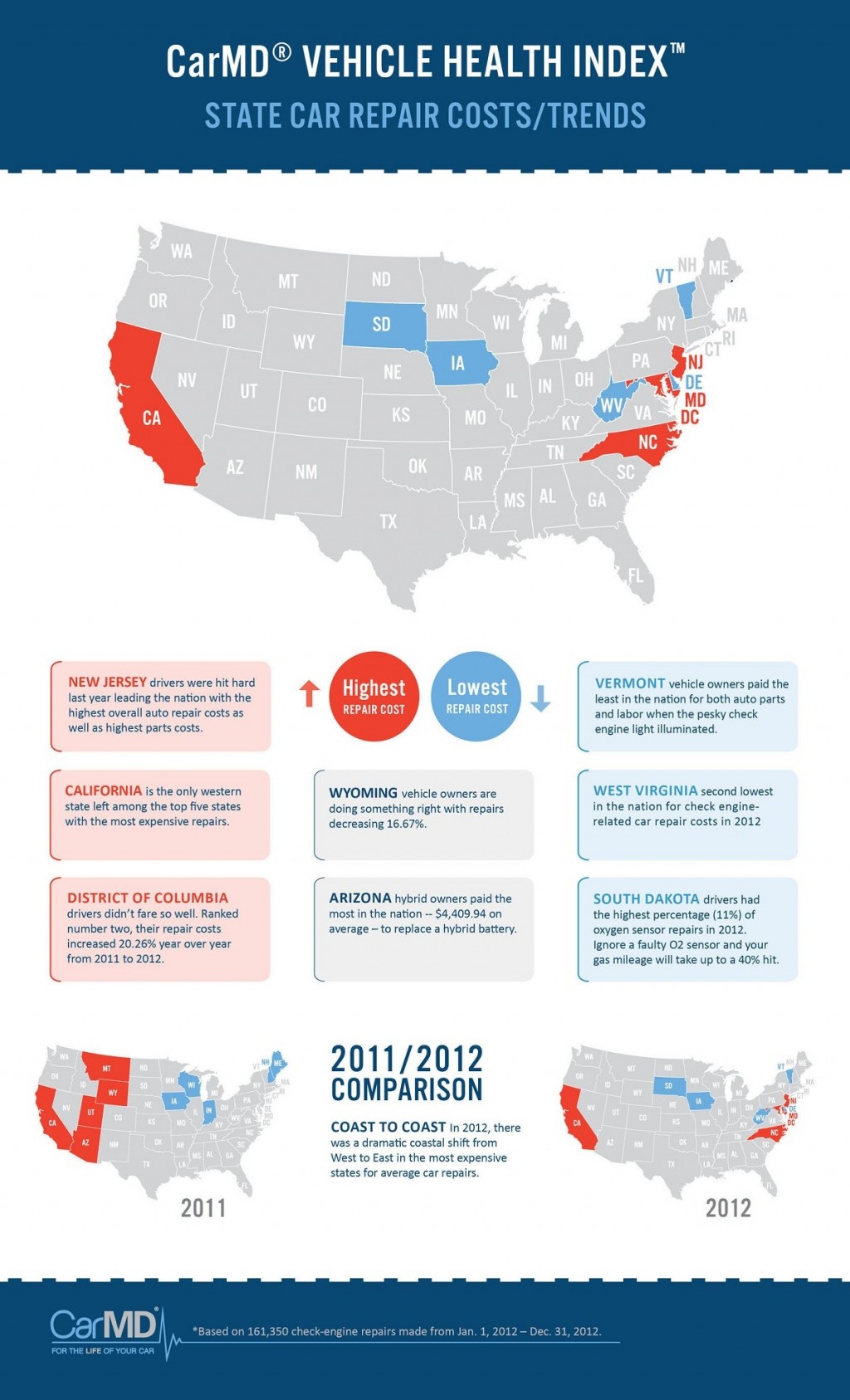Exploring The Genuine Analysis Of Your Automobile'S Warning Lights
Exploring The Genuine Analysis Of Your Automobile'S Warning Lights
Blog Article
Developed By-Cheng Boyer
When you lag the wheel, those glowing warning lights on your control panel can be a bit bewildering. Do you know what they're attempting to tell you concerning your car's health and wellness? Understanding the significance of these lights is vital for your security and the longevity of your lorry. So, the next time one of those lights pops up, would not you want to decipher its message accurately and take the required actions to resolve it?
Common Warning Lights and Interpretations
Determine usual caution lights in your car and understand their meanings to guarantee risk-free driving.
One of the most regular warning lights consist of the check engine light, which indicates concerns with the engine or discharges system. If this light comes on, it's important to have your lorry inspected without delay.
The oil pressure cautioning light suggests low oil stress, calling for immediate focus to prevent engine damage.
A flashing battery light could suggest a damaged billing system, possibly leaving you stranded if not attended to.
The tire stress monitoring system (TPMS) light notifies you to low tire stress, impacting vehicle stability and fuel performance. Disregarding this could bring about dangerous driving problems.
The abdominal light indicates a problem with the anti-lock braking system, jeopardizing your ability to quit quickly in emergencies.
Lastly, the coolant temperature level cautioning light warns of engine overheating, which can lead to severe damages otherwise solved swiftly.
Recognizing these common warning lights will certainly assist you attend to issues promptly and maintain secure driving conditions.
Value of Prompt Interest
Understanding the typical warning lights in your vehicle is just the very first step; the value of immediately resolving these cautions can not be highlighted enough to guarantee your safety and security when traveling.
When a caution light illuminates on your control panel, it's your auto's method of communicating a potential concern that needs attention. Disregarding these cautions can result in much more extreme problems later on, endangering your safety and possibly costing you a lot more out of commission.
Trigger focus to advising lights can avoid malfunctions and crashes. For instance, a blinking check engine light could suggest a misfire that, if left ignored, could cause damage to the catalytic converter. Resolving this quickly can save you from a costly repair service.
Likewise, a brake system warning light may indicate reduced brake liquid or used brake pads, vital parts for your safety when driving.
Do It Yourself Troubleshooting Tips
If you see a warning light on your control panel, there are a couple of do it yourself fixing pointers you can try before looking for specialist aid.
The first step is to consult your car's handbook to recognize what the certain caution light indicates. In some cases the problem can be as straightforward as a loosened gas cap triggering the check engine light. Tightening mouse click the up coming post may settle the problem.
subaru brake repair is a low battery, which can trigger various warning lights. Examining visit this site for rust and ensuring they're safe and secure might take care of the problem.
If a warning light persists, you can attempt resetting it by detaching the vehicle's battery for a couple of mins and then reconnecting it. In addition, inspecting your car's fluid levels, such as oil, coolant, and brake liquid, can assist repair warning lights related to these systems.
Final thought
Finally, comprehending your vehicle's warning lights is crucial for keeping your car running efficiently and safely. By quickly attending to these notifies and understanding what they indicate, you can prevent expensive repair services and prospective break downs.
Bear in mind to consult your car's guidebook for specific details on each cautioning light and act as necessary to make sure a trouble-free driving experience.
Stay informed, remain secure when driving!
